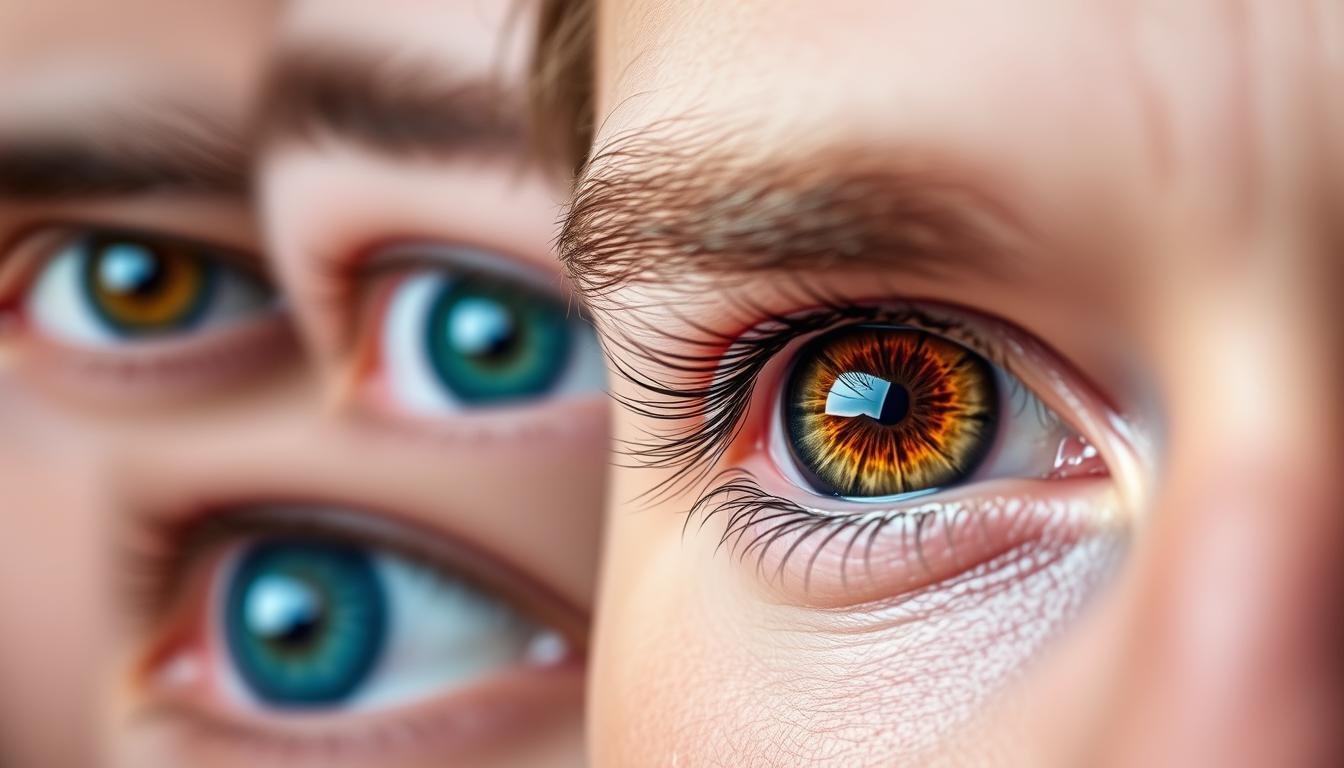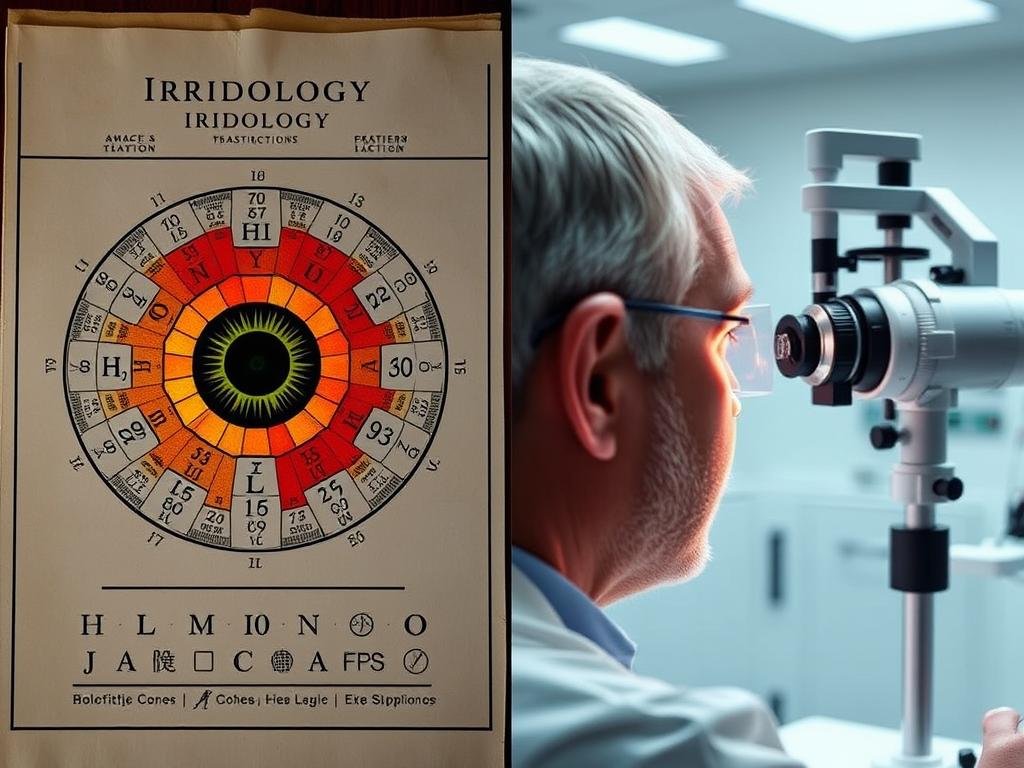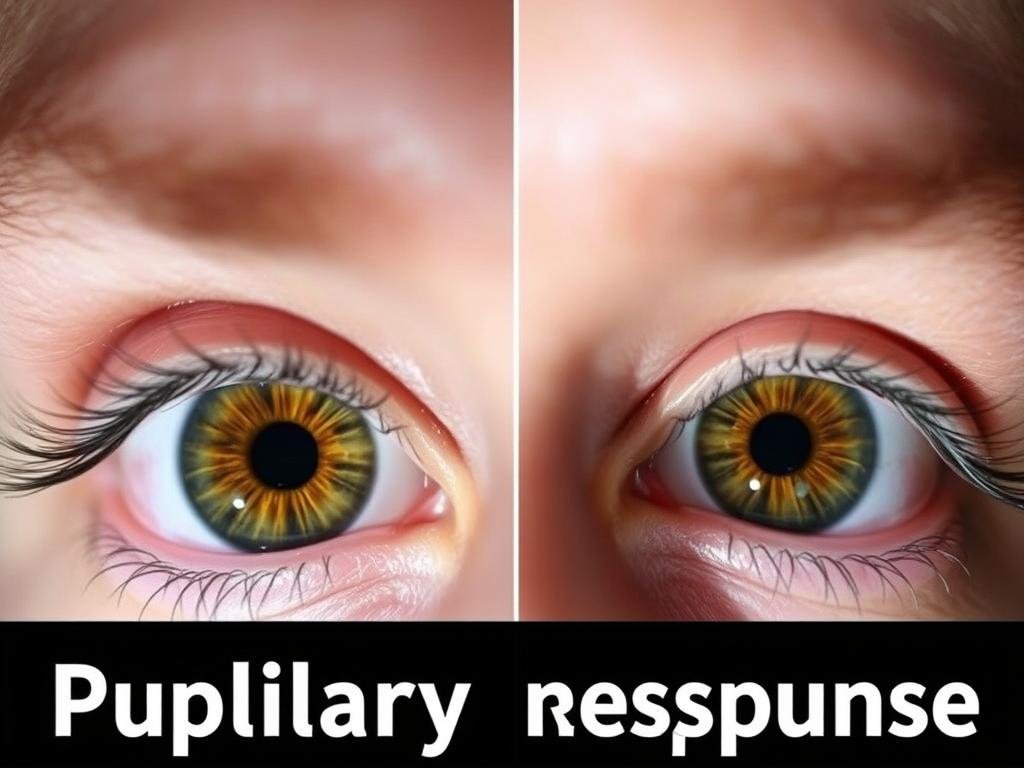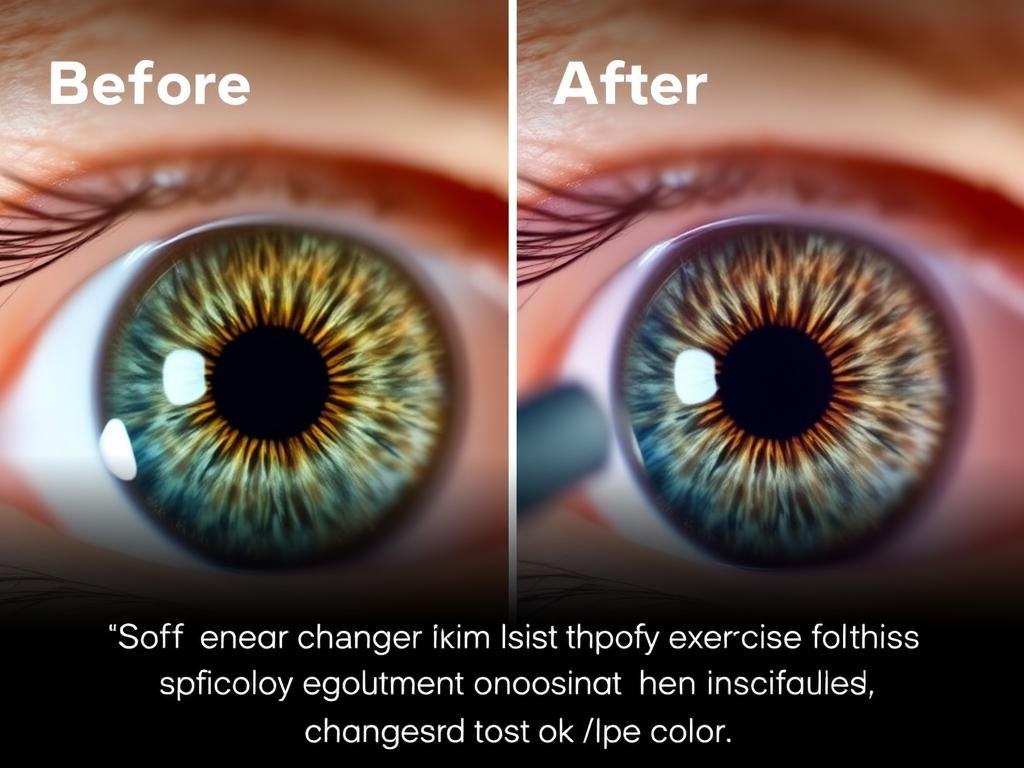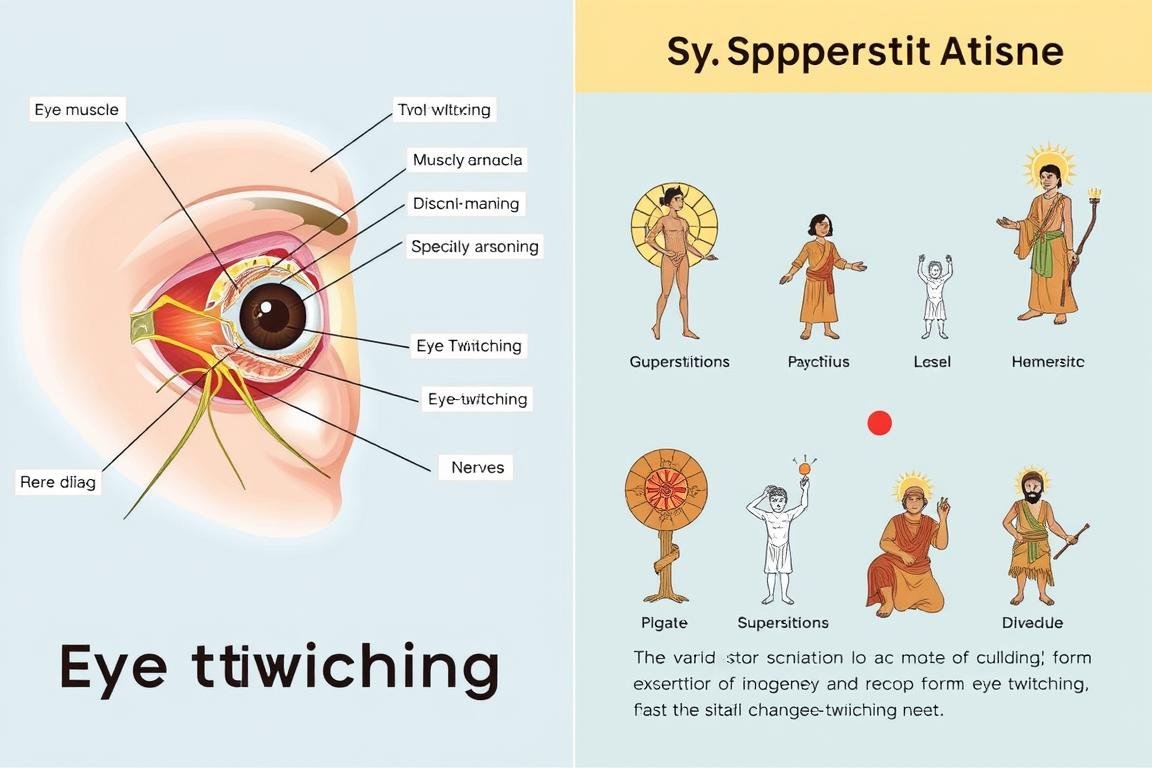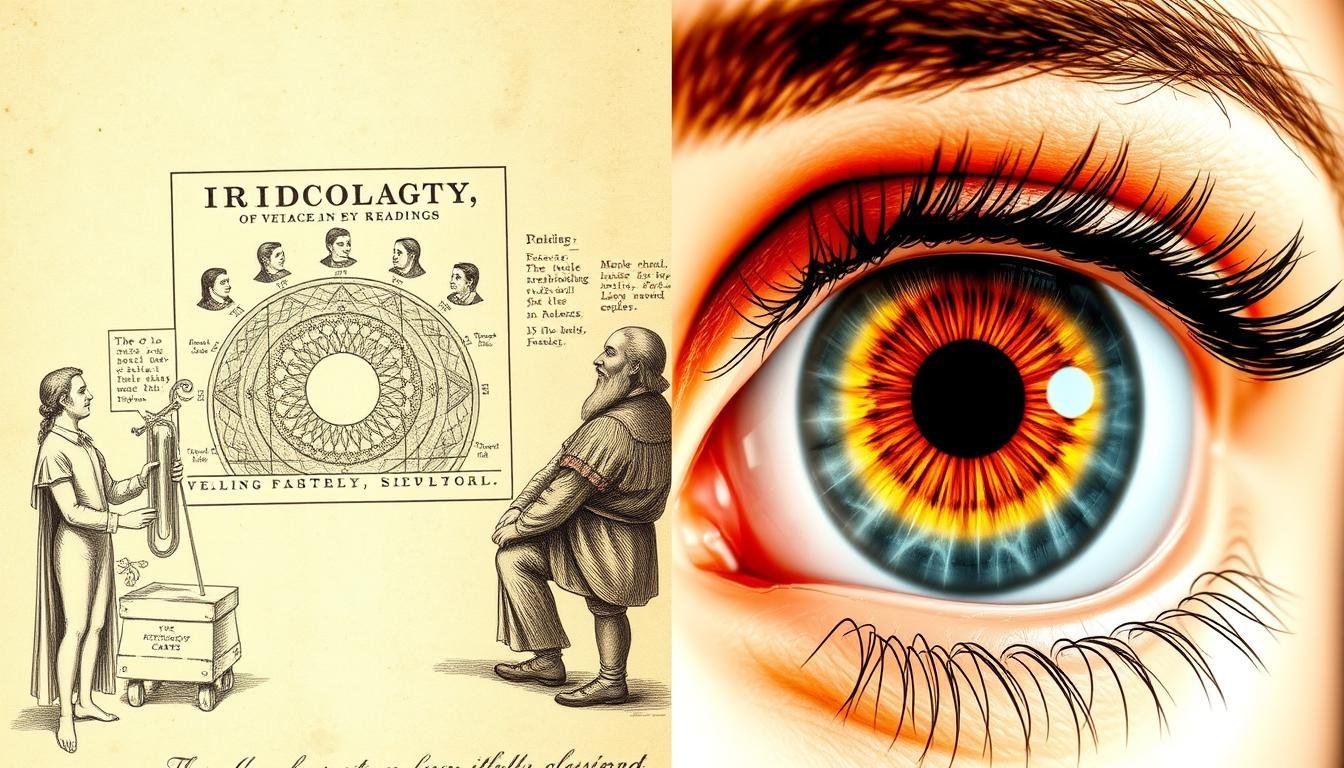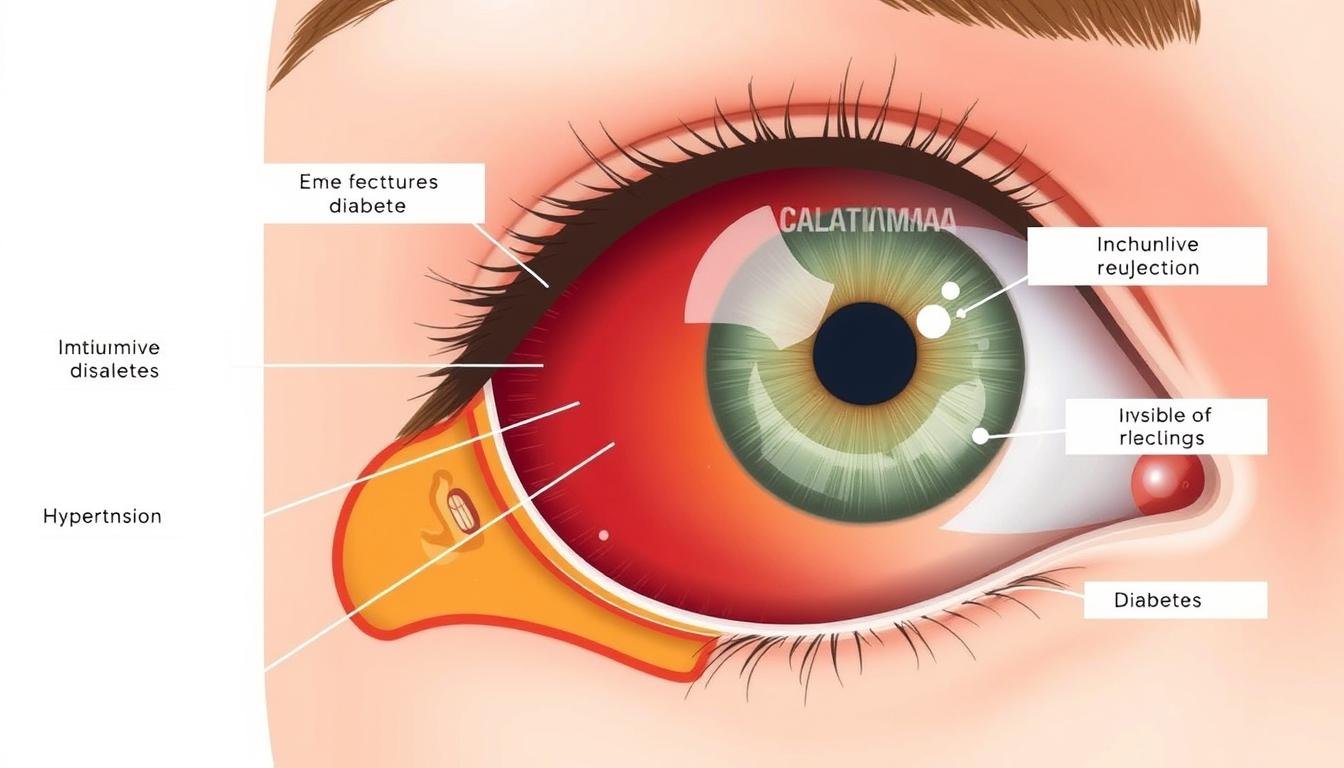Eye Reading Myths vs. Facts: What Science Really Says
Let’s examine some of the most common misconceptions about eye reading and what scientific research actually tells us about these beliefs.
Myth #1: Iris Patterns Can Reveal Your Health Conditions
Myth: Iridology claims that specific areas of the iris correspond to different organs, and abnormalities in these areas indicate health problems in the corresponding body parts.
Fact: Scientific studies have repeatedly failed to validate iridology as a diagnostic tool. A systematic review published in the Journal of Alternative and Complementary Medicine found that iridology had no diagnostic validity when tested under controlled conditions. Ophthalmologists can identify certain eye conditions by examining the eye, but iris patterns do not reliably indicate health issues in other parts of the body.
Why it persists: The intricate and unique patterns in the iris are visually compelling, and the idea of a simple, non-invasive diagnostic method is appealing. Historical practices dating back to the 19th century have been passed down despite lack of scientific validation.
Myth #2: Eye Color Determines Personality Traits
Myth: People with blue eyes are more sensitive and timid, brown-eyed individuals are more trustworthy and assertive, and green-eyed people are more creative and mysterious.
Fact: No credible scientific evidence supports correlations between eye color and personality traits. Eye color is determined by genetics and the amount of melanin in the iris, neither of which directly influences psychological characteristics. While some studies have explored potential correlations, findings have been inconsistent and often influenced by cultural biases rather than biological factors.
Why it persists: Cultural associations and stereotypes about eye colors have been reinforced through literature, film, and other media. People tend to notice when observations match stereotypes while overlooking contradictory examples.
Îngrijorat de sănătatea ochilor tăi?
If you have questions about your eye health or vision, consulting with a qualified eye care professional is the best approach. Regular eye exams can detect early signs of eye conditions before they affect your vision.
Găsiți un medic de ochi lângă voi
Myth #3: Pupil Dilation Accurately Reveals Attraction or Lying
Myth: Dilated pupils are a foolproof indicator that someone is attracted to you or is lying, making it possible to “read” someone’s true feelings through their eyes.
Fact: While pupil dilation can be influenced by emotional states including attraction and stress (which might occur during deception), it’s also affected by numerous other factors including lighting conditions, medication effects, cognitive load, and certain medical conditions. Pupillary response is an autonomic reaction that cannot reliably indicate specific thoughts or intentions. Research in cognitive psychology shows that using pupil dilation alone to determine attraction or deception would result in many false conclusions.
Why it persists: The idea of having an “uncontrollable tell” that reveals true feelings is compelling for social interactions. Popular media and some outdated psychological theories have promoted this idea despite its limited scientific support.
Myth #4: Eye Exercises Can Permanently Change Eye Color
Myth: Specific eye exercises, meditation techniques, or visualization practices can permanently change your eye color by altering the melanin concentration in your iris.
Fact: Eye color is determined by genetics and the amount of melanin in your iris. After early childhood development is complete, eye color remains relatively stable throughout life. While certain lighting conditions, clothing colors, or emotional states may create a temporary illusion of color change, the actual pigmentation cannot be altered through exercises. The only methods that can change eye color are colored contact lenses or certain medical procedures, some of which carry significant risks.
Why it persists: The desire to change physical appearance without medical intervention is strong, and social media has amplified unverified claims about natural methods for changing eye color. Temporary lighting effects that make eyes appear to change color reinforce these beliefs.
Myth #5: Left Eye Twitching Predicts Bad Luck
Myth: Left eye twitching foretells bad luck or negative events, while right eye twitching predicts good fortune. Different cultures have specific interpretations about what each eye’s movement signifies.
Fact: Eye twitching (myokymia) is typically caused by physical factors such as fatigue, stress, eye strain, caffeine consumption, or dry eyes. In some cases, it may indicate more serious conditions like blepharospasm or hemifacial spasm. There is no scientific evidence connecting eye twitching to future events. The random nature of twitching combined with confirmation bias (remembering when twitches preceded notable events but forgetting when they didn’t) reinforces superstitious beliefs.
Why it persists: Cultural traditions across many societies have attached meaning to involuntary bodily movements for centuries. These beliefs provide a sense of control and meaning in unpredictable circumstances.
Myth #6: You Can Tell If Someone Is Lying By Looking at Their Eye Movements
Myth: If someone looks up and to the right when answering a question, they’re fabricating information (lying), while looking up and to the left indicates they’re recalling true memories.
Fact: This claim, popularized by some Neuro-Linguistic Programming (NLP) practitioners, has been thoroughly debunked by scientific research. A 2012 study published in PLOS ONE found no correlation between eye movement directions and deception. Additional research has consistently failed to support the idea that eye movements can reliably indicate truthfulness. While some behavioral cues may be associated with deception, they vary greatly between individuals and contexts.
Why it persists: The appeal of having a simple, observable method to detect deception is strong, particularly in law enforcement, business, and personal relationships. Training programs continue to teach this technique despite scientific evidence against it.
Expert Insights on Eye Reading Claims
Eye Reading:To provide further clarity on these myths, we consulted with eye care professionals who deal with these misconceptions in their practice.
“The iris contains fascinating and unique patterns, but these patterns don’t function as a map to bodily health as iridology claims. While we can detect certain health conditions by examining the eye, such as diabetes or hypertension, this is based on observable changes to structures like blood vessels, not on iris patterns.”
Dr. Jennifer Kline, Board-Certified Ophthalmologist
“One of the most persistent myths I encounter is about eye exercises changing vision or eye color. While certain vision therapy exercises can help with specific functional issues, they cannot alter your refractive error, eliminate the need for glasses, or change your eye color. These claims lack scientific foundation and often lead to delayed proper treatment.”
Dr. Michael Chen, Optometrist and Vision Researcher
“The eyes are indeed windows to health, but in a scientific rather than mystical sense. Regular comprehensive eye exams can detect early signs of over 270 systemic diseases, including diabetes, hypertension, and certain cancers. This is why we recommend regular check-ups even for those with perfect vision.”
Dr. Sarah Patel, Clinical Director at Advanced Vision Institute
Have Questions About Your Eye Health?
Our network of qualified eye care professionals can provide evidence-based information about your vision and eye health.
Programează un examen ocular astăzi













